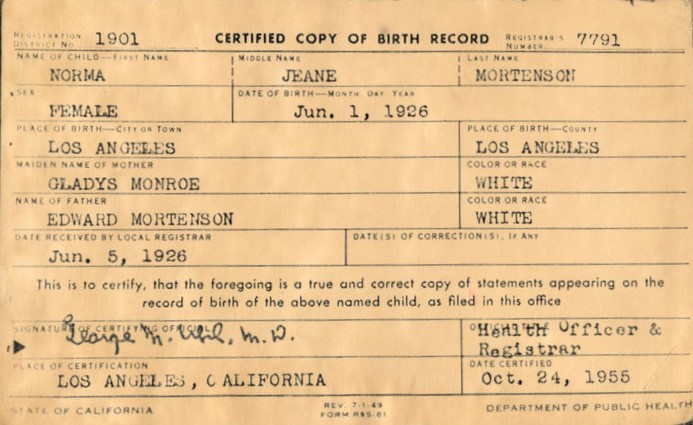
Most of us will by now be fairly familiar with reading Census Returns, but do you make full use of the additional forms included with the Census? Most of us will use Form A, the handwritten version of the transcript seen below. This one is my great-grandparents and their children in 1901. Spot the difference in spelling on the transcript from what is recorded by hand! Clara (has been interpreted as Clard in one and Clora in another case). Other of the children’s names have been spelt differently than on their birth certificates and the order of names changed. Herbert has no age on the transcript – form A shows that he is 10 months old. Great Grandpa George Maurice Wheelhouse has kindly noted he was born in Nottingham, before scribbling this out and replacing it with England, making tracking his and his brother’s birth a relatively easy matter, although his birth certificate shows him as George Moris Wheelhouse.


There is more, however, that can be teased out of the Census Returns – look at the other forms – Form A additional pages will tease out a little more information regarding PLU, Parish, Townland amongst other things.

Form N The Enumerator’s Abstract will tell you how many families there are in each house, this can be very useful in shared accommodation and hand for distinguishing between relatives.

Possibly one of the most telling forms is House and Building Return Form B1. This one will give you a lot of information about the property itself. How it is constructed, number of rooms and whether the property has any out buildings. It also gives the number of rooms occupied by each family, the class of house and in many cases the name of the landowner.

Particularly in rural dwellings and especially farms form B2 – The out-offices provides a breakdown of the types of out-house. From calf houses to stables to piggeries and the occasional set of dog kennels this information can tweak out information about the activities of the family.

By comparing information between the two census, you can discover whether they stay in the same house, or if you are having difficulty working out if it is the same house, do the number of out-houses match up, or have they been adding additional barns, extending the property. Or has a family moved to a larger or smaller property possibly to accommodate additional children.For anyone not familiar with the Irish Census the house number is not a street number, it is no more or less than the order in which the enumerator collected his information. Tip if you are looking at a census for Belfast, check out the street directories at Mary Lennon’s great site www.lennonwylie.co.uk – with a bit of luck if your family hasn’t moved about too much you may be able to match up the actual address.Click here to read the other posts in this series on Genealogy in Ireland:Part 1 - Getting StartedPart 2 - Organization of Parish Records in IrelandPart 3 - Researching your Irish Methodist RootsPart 4 - Civil Registration of Births, Marriages and Deaths in IrelandPart 6 - 10 Tips for Your Irish Family History HolidayClick here to receive help from an expert with your Irish genealogy research.




